How to make a pergola with your own hands?
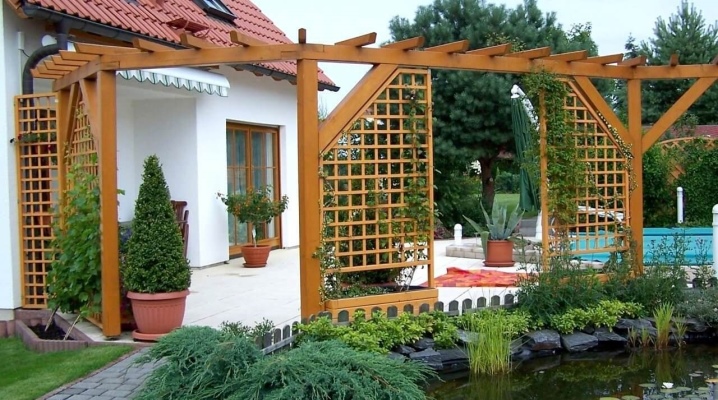
To inexperienced summer residents, a pergola may seem like an openly unfinished structure. But this is only at first glance. It is not just functional, it is decorative, and with proper placement, solid construction, it will definitely become a decoration of the site.
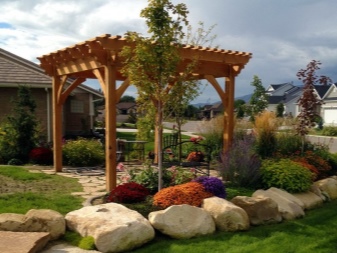
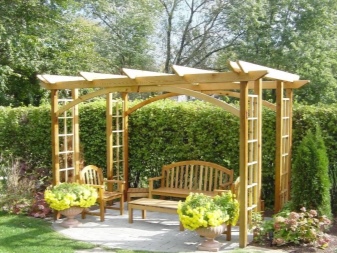
Construction of a pergola made of wood
The standard pergola in the garden at the cottage has a rectangular shape, pillars or columns become a support. This is an ideal design for climbing plants, which is why trellises are stuffed or installed in another way between the posts.
The pergola can be installed not only in the depths of the garden, but also attached to the house with your own hands. Someone acquires a collapsible structure and, according to the project instructions, installs it on the site. And someone does everything from scratch himself, using, for example, coniferous wood.
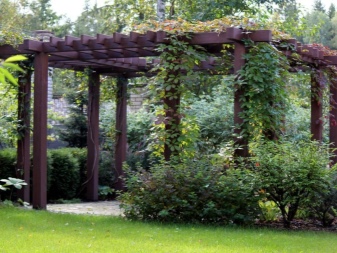
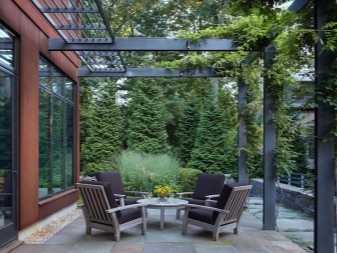
Tools and materials
To erect a pergola made of wood, you will need a carpentry tool, an antiseptic for wood processing, the wood itself and a drawing. This is - in short. For supporting pillars, a 15 x 15 cm beam is suitable, for transverse beams - 5 x 15 cm boards. The crossbeams are usually built from boards 5 by 10 cm. The structural elements are fastened with self-tapping screws 15 cm and 7.5 cm. You also need to take into account that the support pillars (both made of wood and metal) will have to be concreted. That is, you will also need a garden drill and a container in which the solution will be mixed.
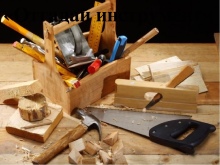
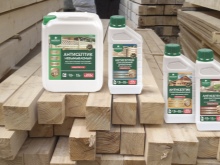
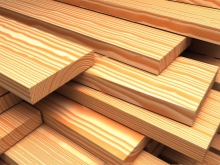
Structural drawings
It is definitely easier to work with them, because all sizes and proportions are indicated exactly, and you will not have to deviate from this instruction. Experienced craftsmen, who have already built more complex elements for a suburban area, can also be guided by a sketch, a sketch.
But basically, today people download a drawing from the Internet and act, focusing on it.
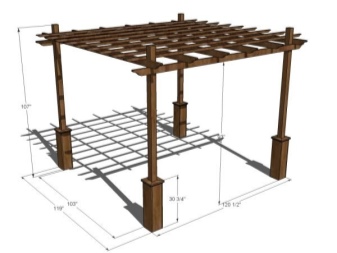

Step-by-step instruction
Pergolas are made for grapes, wisteria, a variety of climbing crops and even cucumbers. In accordance with the plant's requests, the most successful zone on the territory is selected.
- At the site of the future construction, the outline of the pergola is outlined - for this, a rope and pegs are used. It is especially necessary to indicate the location of the corners. There will be pegs in place of the pillars.
- Where the pillars will stand, it is necessary to dig holes. Their approximate depth is 70 cm. The diameter of the recess should be 10 cm larger than the diameter of the pillar. Gravel is necessarily poured onto the bottom, with a layer of at least 5 cm, and then a formwork made of asbestos pipes is placed there. Alternatively, you can use rolled roofing felt. Whether the formwork is even, it is necessary to check the building level.
- Then the molds can be poured with concrete, not forgetting to install adjustable anchors in order to build in the posts.
- Since the concrete will dry out for several days, during this time you can do a pergola from a bar. For supports, elements with a section of 10 by 10 or 15 by 15 cm are used. They are cut off according to the height of the structure. After the concrete has dried, the racks are mounted on the anchors with special screws "wood grouse".
- The supports that will hold the roof are made of 5 by 15 cm boards.Their length should exceed the width by 60 cm, because on each side the beams have a ledge of 30 centimeters. The jigsaw will add curvature to the ends of these elements.
- The beams are fixed with self-tapping screws or bolts, and the building level checks whether the installation is even.
- Cross beams are made of 5 x 15 cm boards. The number of elements depends on the distance between them (it should be 30 cm).At the bottom of the crossbars, grooves are cut out up to 4 cm deep.
- Self-tapping screws fix the crossbars, 15 cm fasteners are taken. This is how the elements are attached throughout the roof of the structure.
- The next row is crossbeams, mounted in increments of 60 cm. Grooves must be made in the elements; during installation, they must be additionally secured with the same self-tapping screws.
- It remains to paint and decorate the finished structure at your discretion. Someone emphasizes the foundation (makes a platform for a pergola, if a summer dining room is supposed to be inside). Someone makes a pergola in the Chinese or Scandinavian style, in the style of Provence.
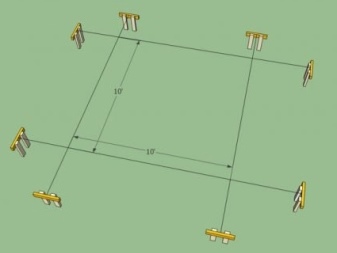

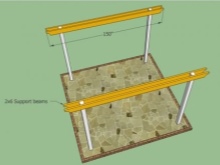

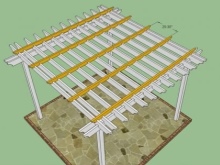
Since pergolas are even made from willow branches, a standard-type wooden structure is the simplest option available even for those new to such construction.
And to make the design unique, it can be interesting to design, paint, think over what will be inside.
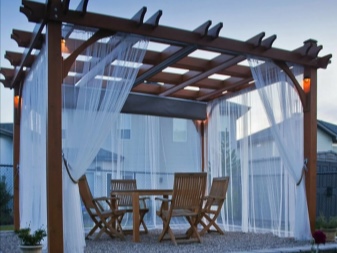

Metal manufacturing technique
For a metal gazebo for plants, professional pipes will be required, the cross section of which is 2.5 by 5 cm. The height / width of the pergola is selected individually, depending on the footage of the site and the appropriateness of the design parameters, from those climbing crops that "live" on it. The upper piping, for example, can be made of pipes of 3 m, only 4 of these are required. The base supports can be made from a pipe 3 m long, in each corner there will be a pair of them.
The roof canopy consists of the following: the first square, the dimensions of which are 2, 12 m, then - 1.5 m, the third - 1, 06 m. The construction of a metal pergola necessarily requires strengthening the supports, that is, concreting. All metal components deepened into the ground must be pre-coated with anti-corrosion compounds.
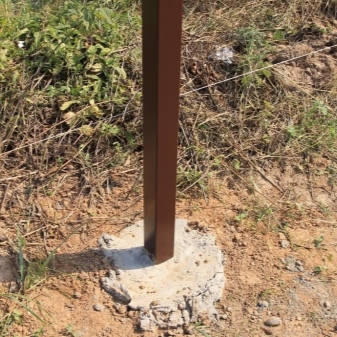
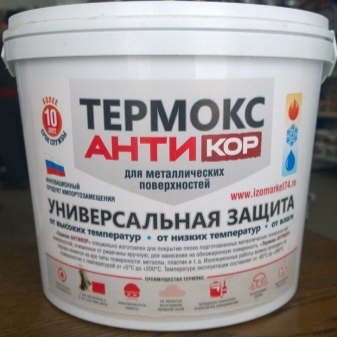
Algorithm for the construction of a simple metal pergola.
- It is necessary to assemble a canopy of 4 squares according to the scheme. These are squares included by design. Fastening is carried out by welding. The pipes are cut at an angle of 45 degrees and boiled.
- A short corner is welded to the two support-pipes at the bottom, then they are concreted at the locations of the supports. It is important not to forget that a 5-cm layer of sand is poured onto the bottom recess. Whether the supports are even can be checked with a canopy. All pillars should be level, the level does not change.
- Then the roofing component is mounted. Square elements are lifted and stacked on poles, welding each side in turn. At the corners by welding, jumpers are placed, which enhance the reliability of the structure.
- The installation is ready. It can be painted and decorated with flowers and other plants.

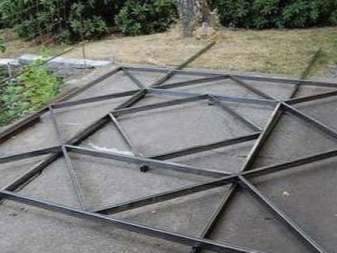
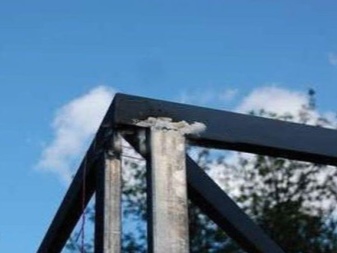
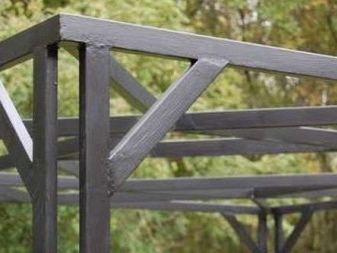
They create beautiful metal pergolas in the form of an arch, getting a semicircular lattice. They even make installations with a sliding awning.
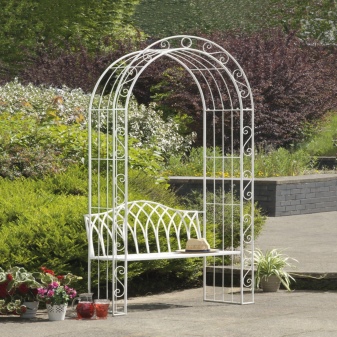

How to make from plastic pipes?
Pergolas are often called gazebos. Indeed, these dacha objects are extremely similar. Recently, they have done both that and another often from plastic pipes.
What are the advantages of PVC pipes:
- strength;
- resistance to adverse weather conditions;
- ease of self-assembly;
- reuse in construction work;
- a variety of designs;
- budget acquisition.

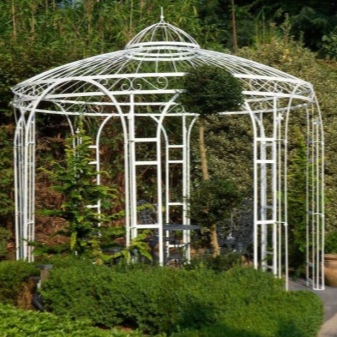
PVC pipes may seem rustic, but the material is worth considering anyway.
What materials and tools are usually taken for construction:
- directly pipes made of metal-plastic or polyvinyl chloride;
- plastic fittings, they will protect the connections;
- fabric, polycarbonate for sheathing the canopy (other material is possible, but this is if the roof of the pergola is made like a gazebo);
- tees, angle and straight couplings for the place where the pipes will be connected;
- extension connectors;
- pins and reinforcement lathing for support;
- facing material as required.
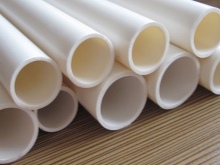
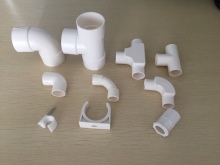
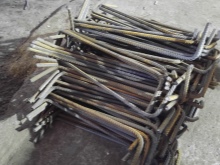
But if such a list is scary, and you want to do something simpler, for example, a modest pergola of two arches, you will need pieces of plastic pipes. 2 pieces of one and a half meter pieces, 4 pieces of 80 cm pieces, 8 pieces of 40 cm pieces, 6 pieces of 30 cm pieces.You will also need fittings, corners or tees-branches 12 pieces, a soldering iron, scissors for cutting pipes.
The most successful material is considered to be polypropylene pipes, they are elastic. The metal-plastic pipe has a significant disadvantage - when it bends, it can no longer restore its previous shape. All prepared segments must be fastened with tees and fixed by welding. The number of sections of such an arched device can be varied. And even a beginner is able to make a simple but cute pergola from plastic pipes.
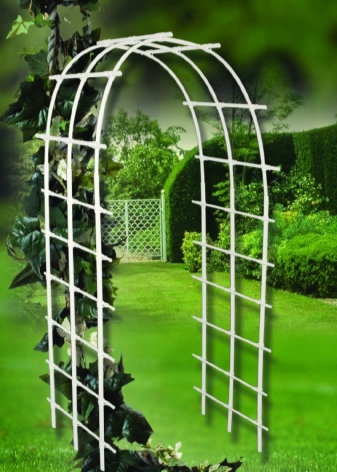

Installation of a pergola from pipes.
- A metal pipe-glass is driven into the ground to a depth of 50 cm. Its diameter should be larger than the plastic pipe leg. A leg of the structure is inserted into the tube, attached to a self-tapping screw.
- The leg with the support must be concreted by immersing it in the solution. Such an installation will be stable and will last for a very long time.
- If this is a ready-made structure, everything is simpler - a leg with a support and crutches-hairpins, according to the number of supports, are driven into the ground to a depth of 70-80 cm.
- If the plastic pergola is covered with polycarbonate that allows light to pass through, it becomes a practical canopy. And already under it it is easy to arrange a recreation area - at least a bench for two.
- To make a polycarbonate canopy, you need to take the material itself, thermal washers that will make the connection airtight, a screwdriver (or screwdriver) and self-tapping screws. Polycarbonate can be cut well with scissors, and with thermowells it adheres to the pipes. And in order for the culture to cover this surface well, it is really possible to stretch the ropes along the polycarbonate roof - they will be wrapped in vines.
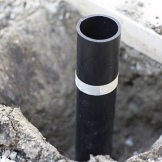
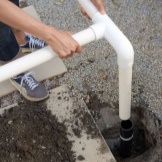
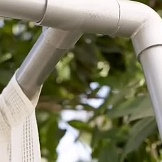
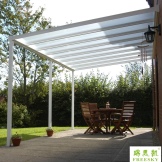
Whether from wood, from a profile pipe, from PVC - with good calculation and adherence to technology, the pergola will turn out to be stable, functional and visually convincing.
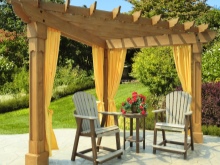
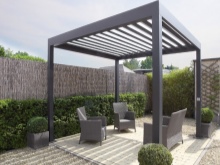

Helpful hints
Before starting work, the tips listed below will help and protect you from possible mistakes.
10 tips before building a pergola.
- Initially, the weight of the structure should not be very large. And this does not depend on the type of materials used. Light rays must not be obstructed before entering the interior of the device.
- There are no small details here. Everything should be subordinated to the requirements of the decorative design. After all, if in the summer it is covered with green foliage, then in the cold season all the gaps and imperfections will come out.
- The structure should not get lost in the landscape elements. But if the site is small, then the pergola should be miniature.
- Metal or wood used as the main material must be treated with protective compounds. The wood is impregnated with antiseptics, and the metal is impregnated with a compound with anti-corrosion properties.
- The strength of the building is a prerequisite, because the overgrown plant is gaining considerable mass.
- For a pergola, vines are suitable, which are attached to the support with roots, for example, ivy, vanilla, ficus. Loaches are also suitable for her, which also need strong support. Among such representatives are the Olympic prince, curly honeysuckle, climbing rose, hops. Also climbing plants are Chinese magnolia vine, wisteria, clematis.
- The pergola will not tolerate too much overgrowth: an abundance of plants will cover the entire surface of the structure, and this is not the best option. Loaches should emphasize the purpose and beauty of the structure, but not completely close it.
- Very often, the internal space of the pergola, both freestanding and corner, is used as a play space for children. On the one hand, the child is on the street, playing on the site under the supervision of adults. On the other hand, it is not under the open sun, it is protected by a green "house".
- Sometimes a beautifully designed pergola becomes the best place for photo shoots. It forms either a festive arch or another pretty frame, naturally decorated with greenery. And photos in such a place will really be successful.
- Even the simplest pergola, but with a comfortable size, can be the best place for a summer dining room for a small family.
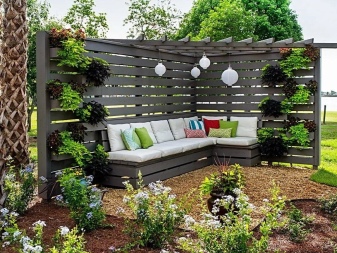
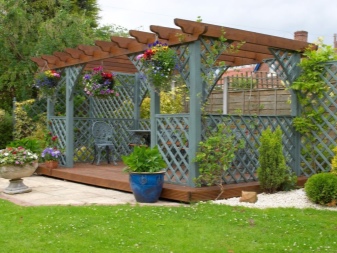
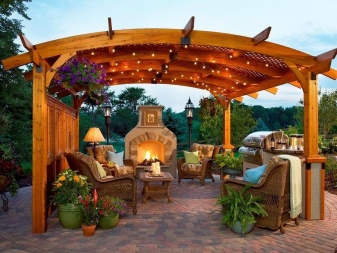
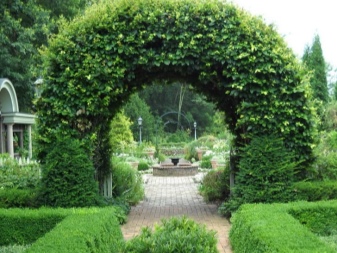
For information on how to make a pergola with your own hands, see the next video.


































































The comment was sent successfully.